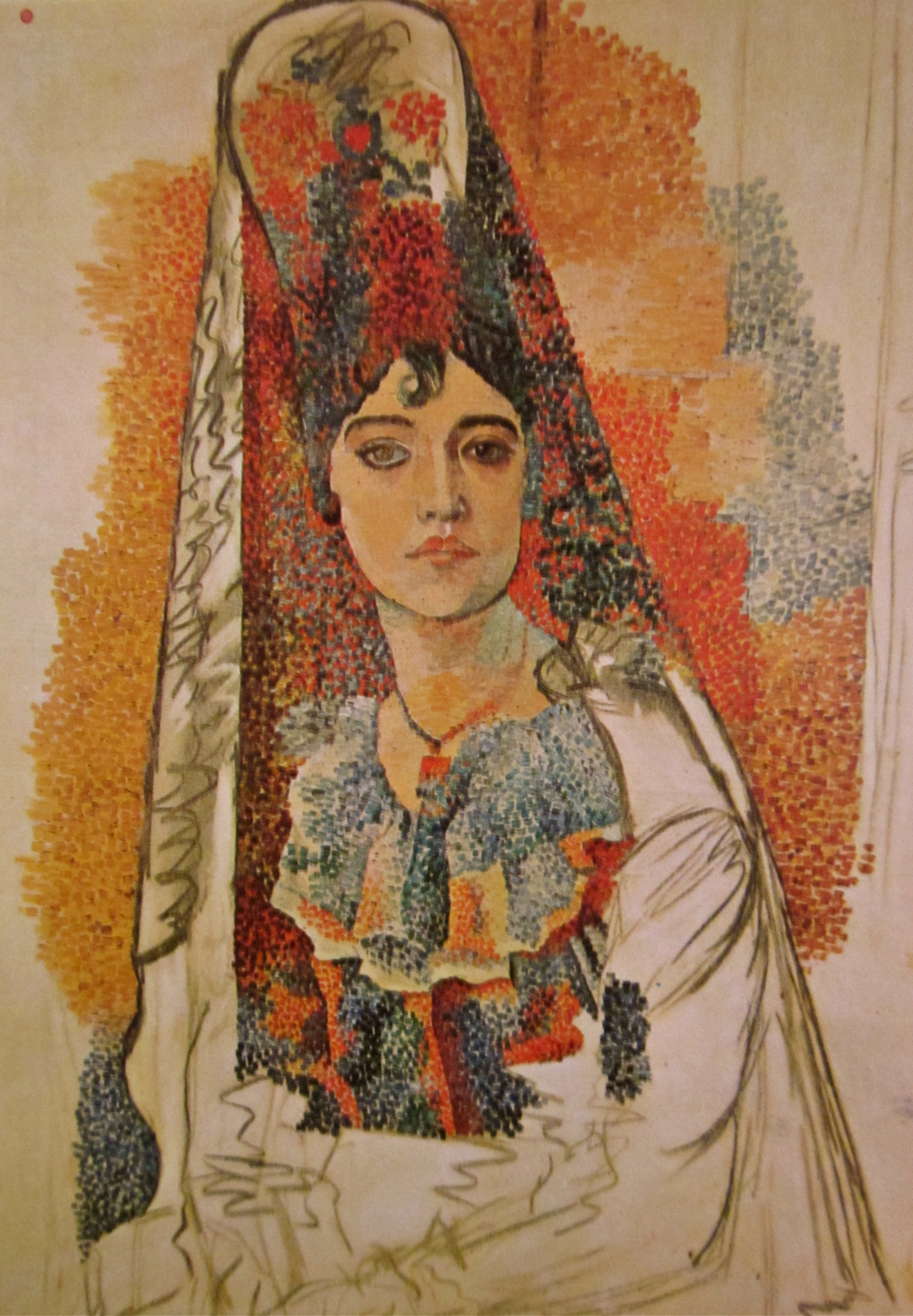When visiting big cities, it is easy to assume that their art galleries are going to be impressive and well worth spending an afternoon in, but as I have often discovered, this is not always the case.
But how do you know if a gallery is going to be worth visiting, or not? This post is a good place to start!
Read More





